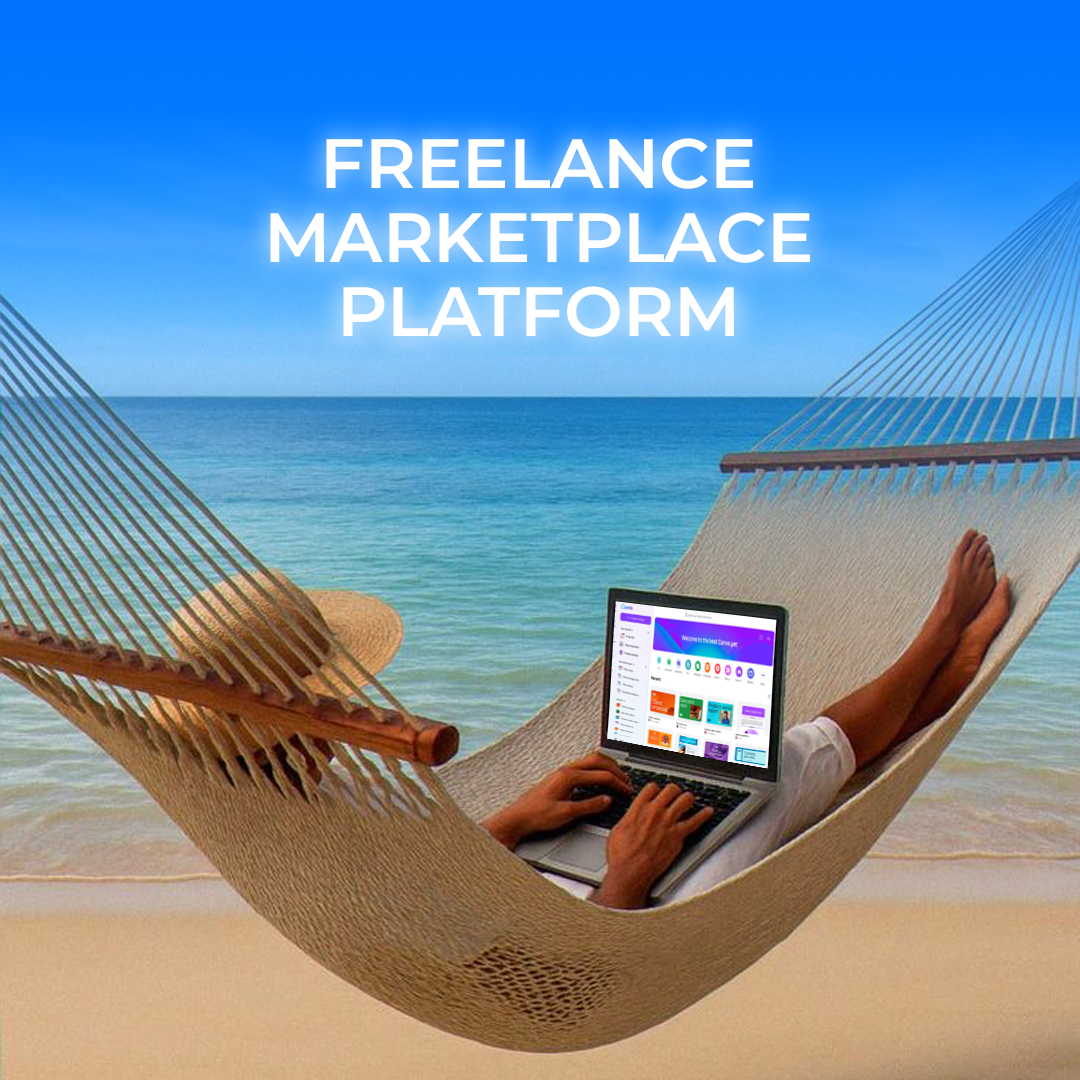Hiring staff is one of the key challenges for any company. This process defines project quality and cost.
There are three main hiring models:
- Outsourcing
- Outstaffing
- In-house hiring
They may look similar. Their differences help to define the right approach for the right task.
Outsourcing
Outsourcing is the assignment of a whole project or task to a third party.
Workers are employees of the agency.
The outsourced company is responsible for its team and the delivery of results.
Key features:
- The client sets:
- Requirements.
- Deadlines.
- Result.
- The outsourced company:
- Follows the client’s requests.
- Controls task/project completion.
Benefits:
- Absence of the internal team.
- The company remain focused on its core activities.
- Labor costs mentioned in advance.
- Labor time period is pre-approved.
Drawbacks:
- Limited control over the process.
- Extra changes equal additional costs.
- Quality depends on the outsourced company’s experience.
Industries in favour of outsourcing:
- IT product companies: Developers, QAs, Designers.
- E-commerce: logistics, customer service experience.
- Marketing agencies: video production, animation.
Industries against outsourcing:
- Healthcare: patient data privacy.
- Banking: security requirements.
Outstaffing
Outstaffing is when a company hires specialists provided by an agency.
The client manages workers directly.
These specialists remain employees of the agency.
Key features:
- An agency provides the required staff.
- The client manages the day-to-day tasks.
- Third party handles payroll and legal matters.
Benefits:
- Easy access to qualified specialists.
- No administrative or HR expenses.
- Easy scaling of the team.
Drawbacks:
- Fewer specialists’ loyalty to the company.
- The agency may shuffle specialists between the projects.
- Intended for temporary needs.
Industries in favour of outstaffing:
- Software development: front-end/back-end developers.
- Game development: 3D artists, designers, and QA.
- Startups: temporary teams to reach the deadline.
Industries against outstaffing:
- Government projects: project timing is long, where temporary staff is unnecessary.
- Highly regulated finance: security and sensitivity in the tasks.
In-house hiring
In-house hiring is the classic model.
Employees recruited by the company.
They work exclusively for the employer.
Key features:
- The company onboards staff.
- Employees are on the company’s payroll.
- Full control over the work and processes.
Benefits:
- High level of control.
- Strong loyalty.
- Team integration.
- Knowledge and expertise remain inside the company.
Drawbacks:
- Long recruitment process.
- The company is responsible for payroll, taxes, and benefits.
- The growth of the team is more resource-intensive.
Industries in favour of in-house hiring:
- Aerospace: high-security projects need stable teams.
- Pharmaceuticals: insight can not be compromised.
- Enterprise IT: long-term systems require dedicated support teams.
Industries against in-house hiring:
- Small startups: slow hiring process, high expense at this stage of business growth.
- Seasonal industries: a fixed team is an extra expense during slow periods.
Comparison
All three models provide access to skilled professionals, but the level of control is different.
- Outsourcing delivers a complete result. But the client has less control.
- Outstaffing provides employees, but it avoids legal and payroll complexity for the client.
- In-house hiring gives access to both people and control, but it comes with more administrative work.
Summary
The best model depends on the company’s needs.
- Outsourcing is for temporary projects.
- Outstaffing is good for rapid scaling.
Outstaffing is the most balanced approach for many IT companies. It combines flexibility and control without administrative overflow. Startups often grow without outstaffing.
- In-house hiring is the most stable for a long-term strategy.
Mature companies support in-house hiring.
Choosing the right model at the right time saves time and resources.




